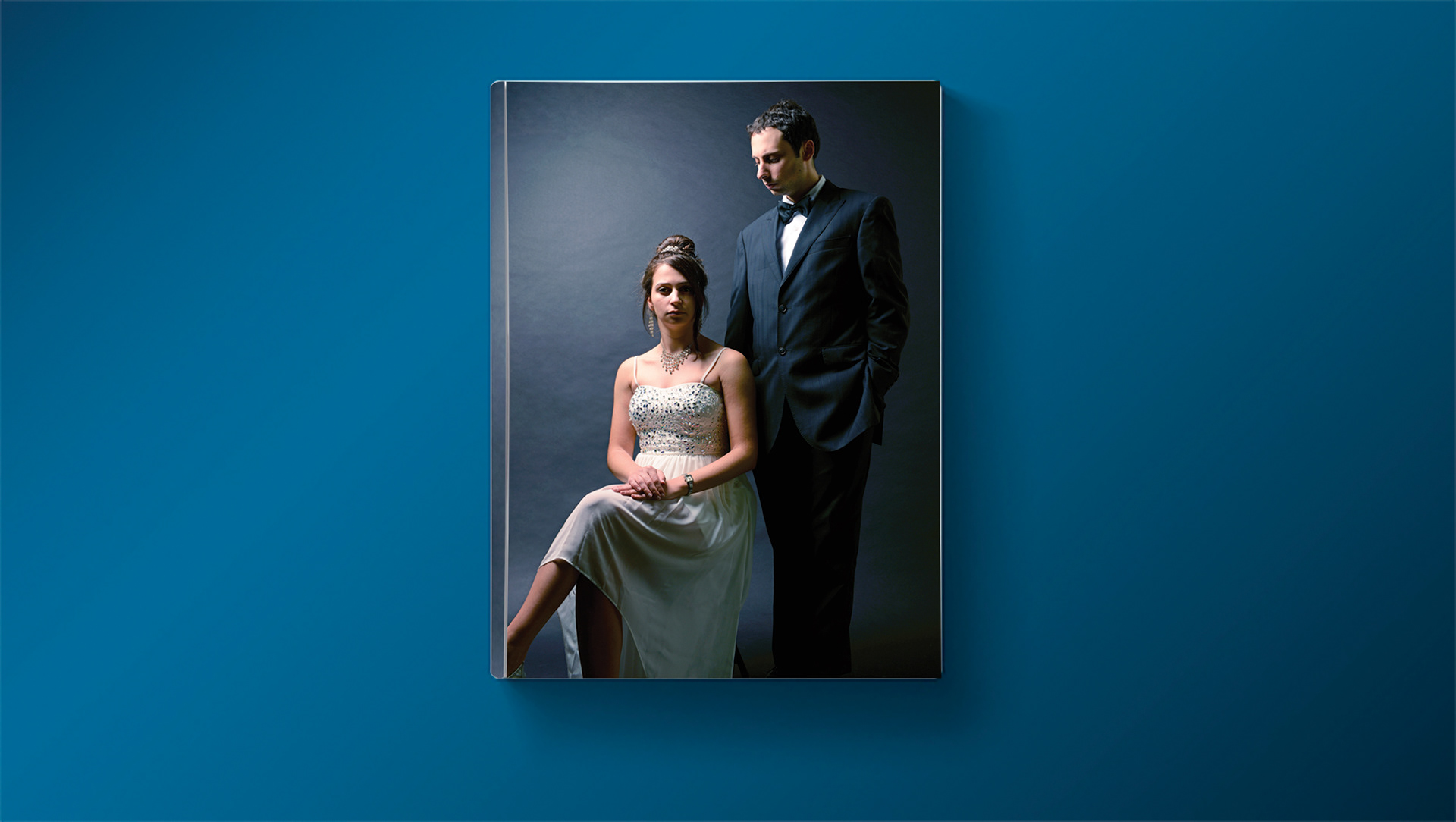


These photographs were art directed and captured myself for a uni assignment in a photographic studio at the University of Technology, Sydney (UTS). Three photographs had to be composed that alternatively represent a book cover derived from the “Penguin Classic” collection based on the themes, main characters, setting or any of the visual cues throughout the book. My chosen book was “Pygmalion” by George Bernard Shaw. My siblings posed as my subjects to symbolise the main characters of the book - Eliza Doolittle and Henry Higgins - in a modern-looking context. The style of clothing and composition of these photographs were carefully considered and thoroughly planned so that they correspond well with the book’s representations, whilst simultaneously depicting my conceptual intentions. The first image depicts Eliza hiding her face behind the flowers, only allowing one of her eyes to moderately be visible. This correlates with the book's expression of Eliza being a timid woman who conceals herself from any form of human contact. This sense of solitude and confinement of Eliza also highlights that she is the type of girl who respects privacy and doesn't want to share information about who she is, thus is displayed through the hidden face in the photograph. The second image is desired to typify Eliza looking down at the flowers, particularly the yellow one. In the beginning of the book, she is a character that is evidently portrayed as a powerless, working class woman who desires her life to be changed in a positive way. This favourable outcome that Eliza aspires to endeavour is art directed by the use of choosing the yellow flower as the universal colour association of happiness. Finally, the third image suggests the control and dominance that Higgins perceivably holds over Eliza, due to the fact that he is the primary figure in the book that is responsible for aiding Eliza’s personal transformation from a powerless, working class woman, into a perceptive, independent, articulate adult, capable of shaping her own destiny. Higgins dismisses her values and rights as a human being by turning her into a manipulated elegance in which he calls her his ‘masterpiece’ or ‘creation’. In other words, known as an “experimentation” that he has “worked” on, and not even taking the most slightest consideration regarding Eliza’s impressions and beliefs throughout the whole process. Higgins is depicted as looking down upon Eliza, perceived to appear dominant, tall, superior, his facial expression as firm-looking, and therefore suggests superiority in contrast to Eliza sitting down who appears somewhat inferior and unhappy.


